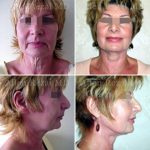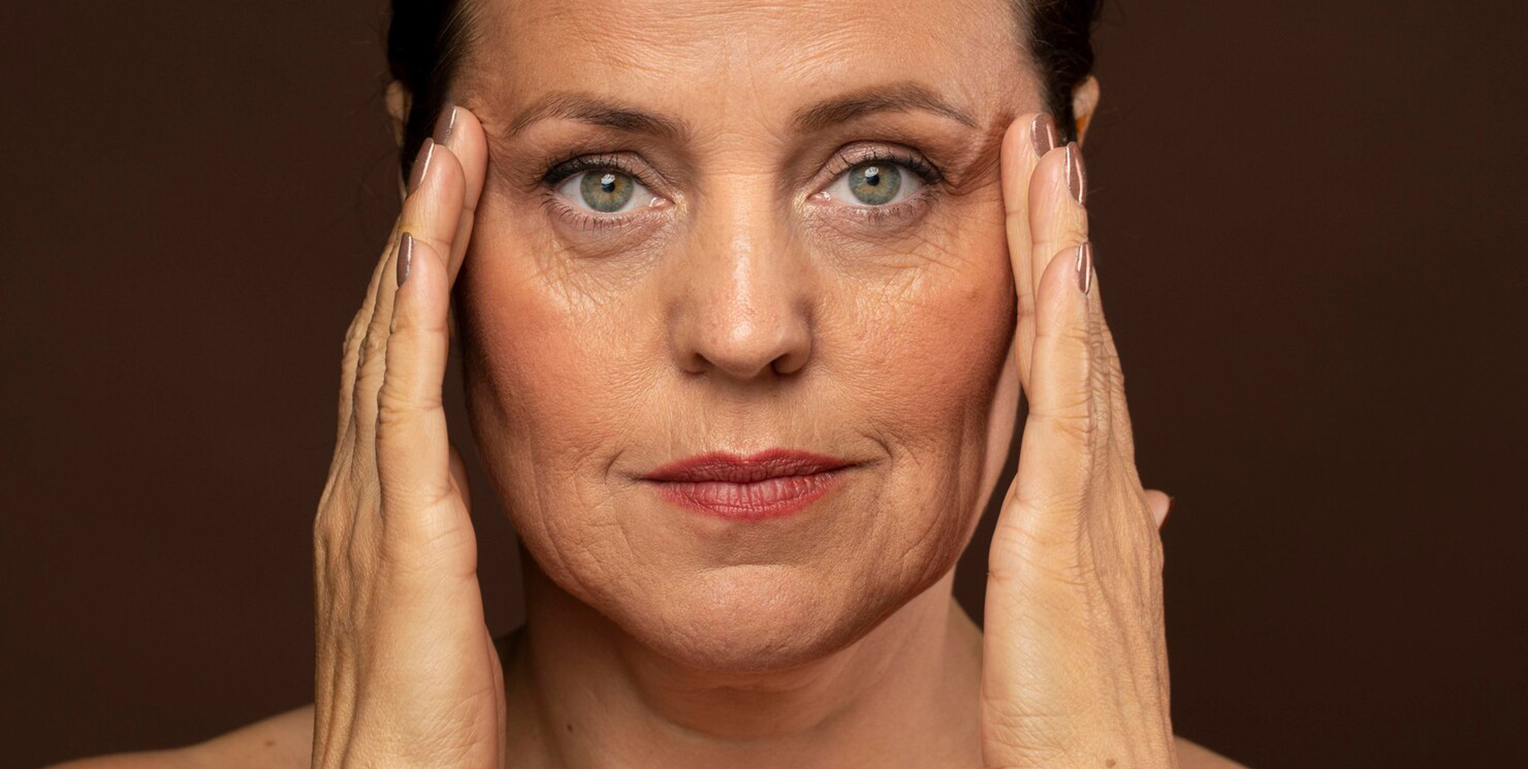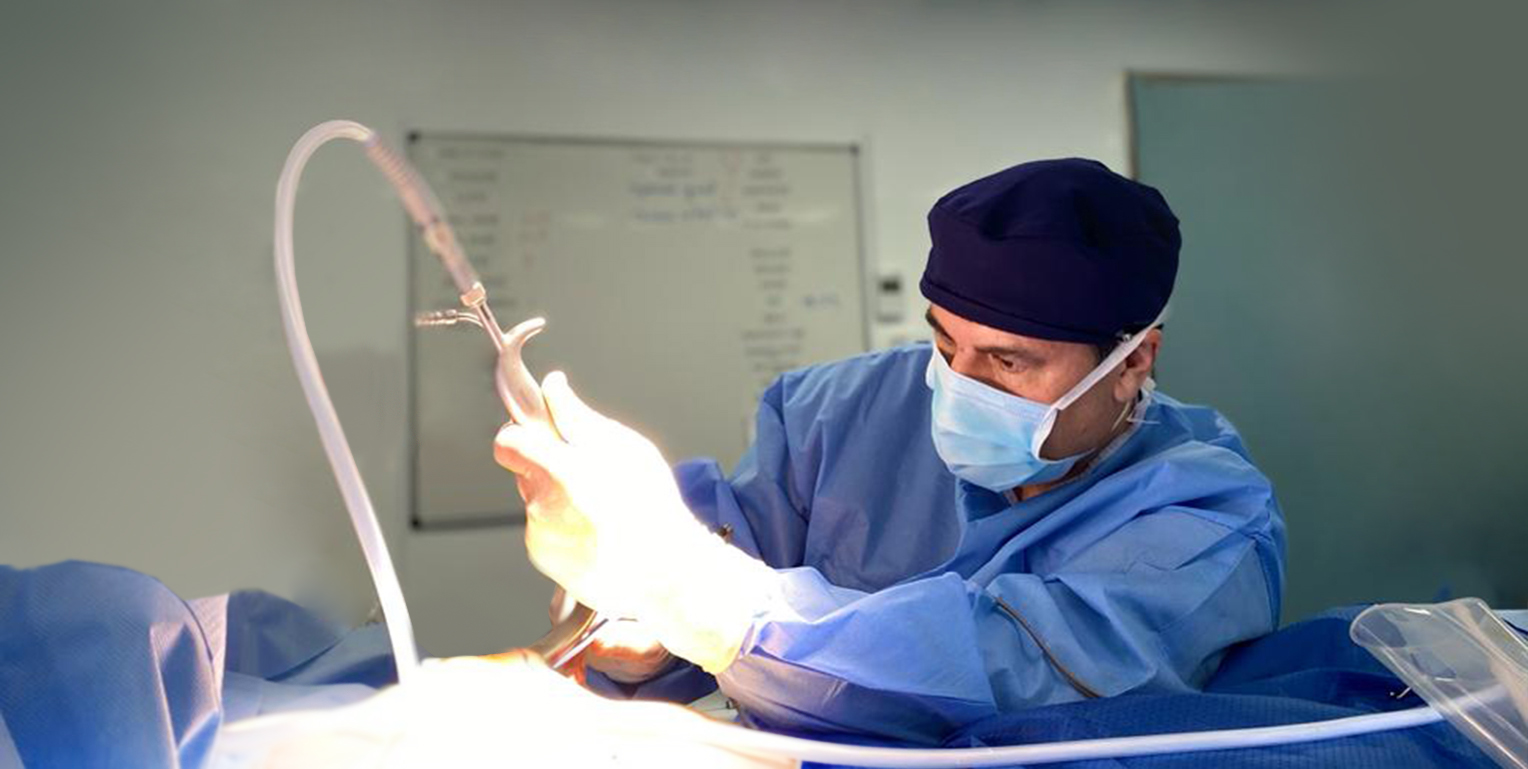As we age, our skin naturally loses some of its elasticity and our facial muscles weaken. Sun exposure can accelerate this process and further contribute to an aged appearance by diminishing the overall quality of the skin. As a result, the skin hangs differently, forming folds and creases. Facelift, also known as rhytidectomy, is one of the most commonly requested procedures by both men and women who want to look as young as they feel.
Facelift/neck lift is very effective in reversing the signs of ageing, it has moved on considerably from the taught, ‘stretched’ look, and most modern facelifts now carefully manipulate the deeper facial tissues and re-drape the skin to produce a fresher, natural, more youthful appearance.
A facelift, which is actually known medically as Rhytidectomy, is the most extensive and effective way to eliminate or reduce the appearance of wrinkles and facial sagging caused through ageing. In a traditional facelift procedure, a patient’s skin is literally lifted off the face so that the skin and underlying tissues can be tightened, with the skin then being repositioned smoothly over the face. A neck lift, which is often undertaken at the same time as a facelift, tightens sagging jowls and loose skin below the chin Mr Rezai utilises the very latest techniques in and non-surgical techniques to combat the problem of the ageing face. Facial surgeons generally divide the face into thirds, roughly: brow, mid-face, and lower face and neck. Each must be assessed separately and collectively for the best option to be chosen and best results to be achieved.
Before & After Photos
To view before and after photos, please refer to the gallery page: Facelift/Necklift Before & After


















